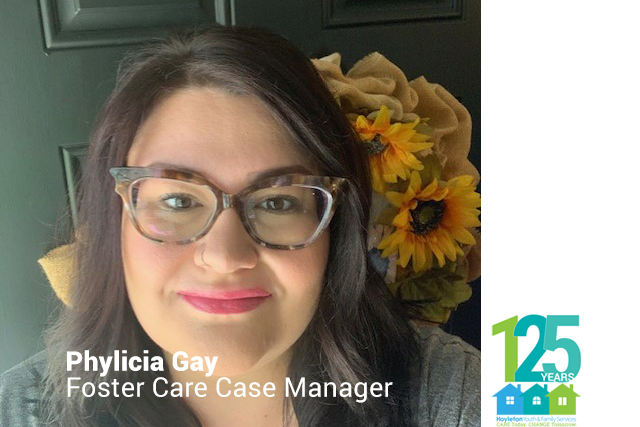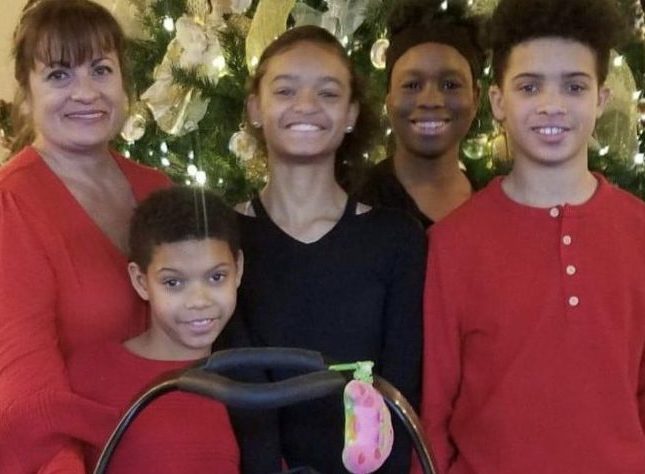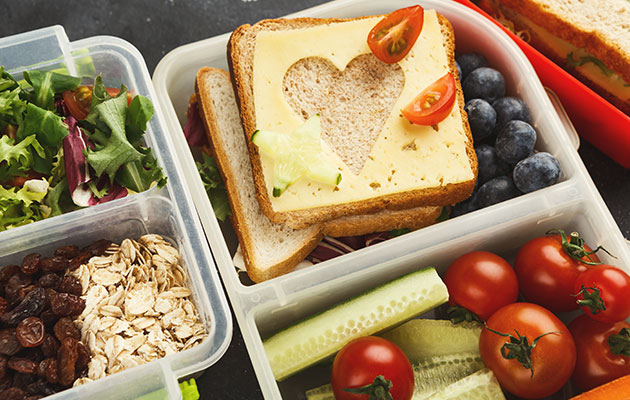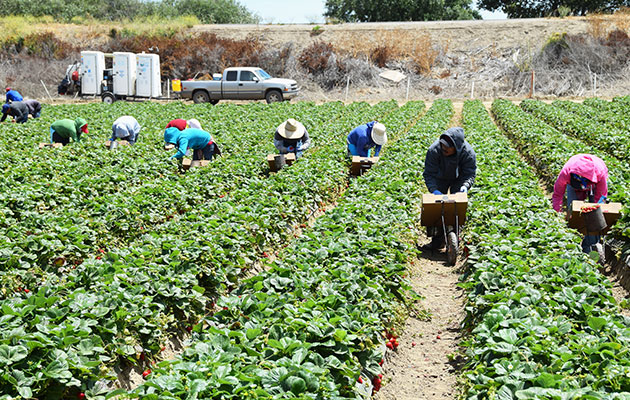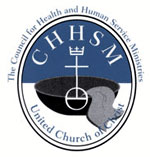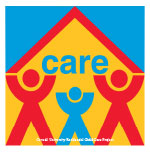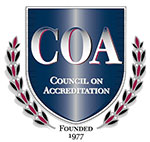Travel Tips for Families With Special Needs Children
DATE: July 15, 2019
With longer days, warmer weather, and the kids out of school, summers are ideal for families to catch up on some quality time together after a busy school year. Travel is a great way to bond with loved ones, but parents of special needs children may feel that this isn’t an option. On the contrary, […]
READ MORE